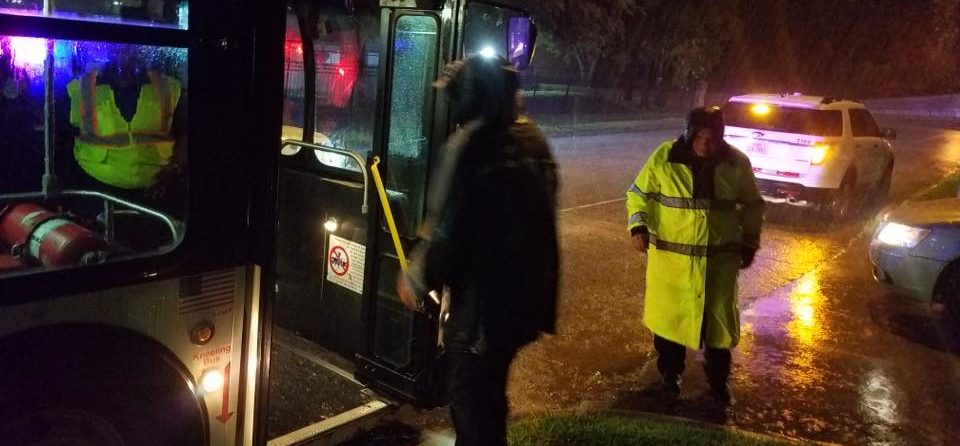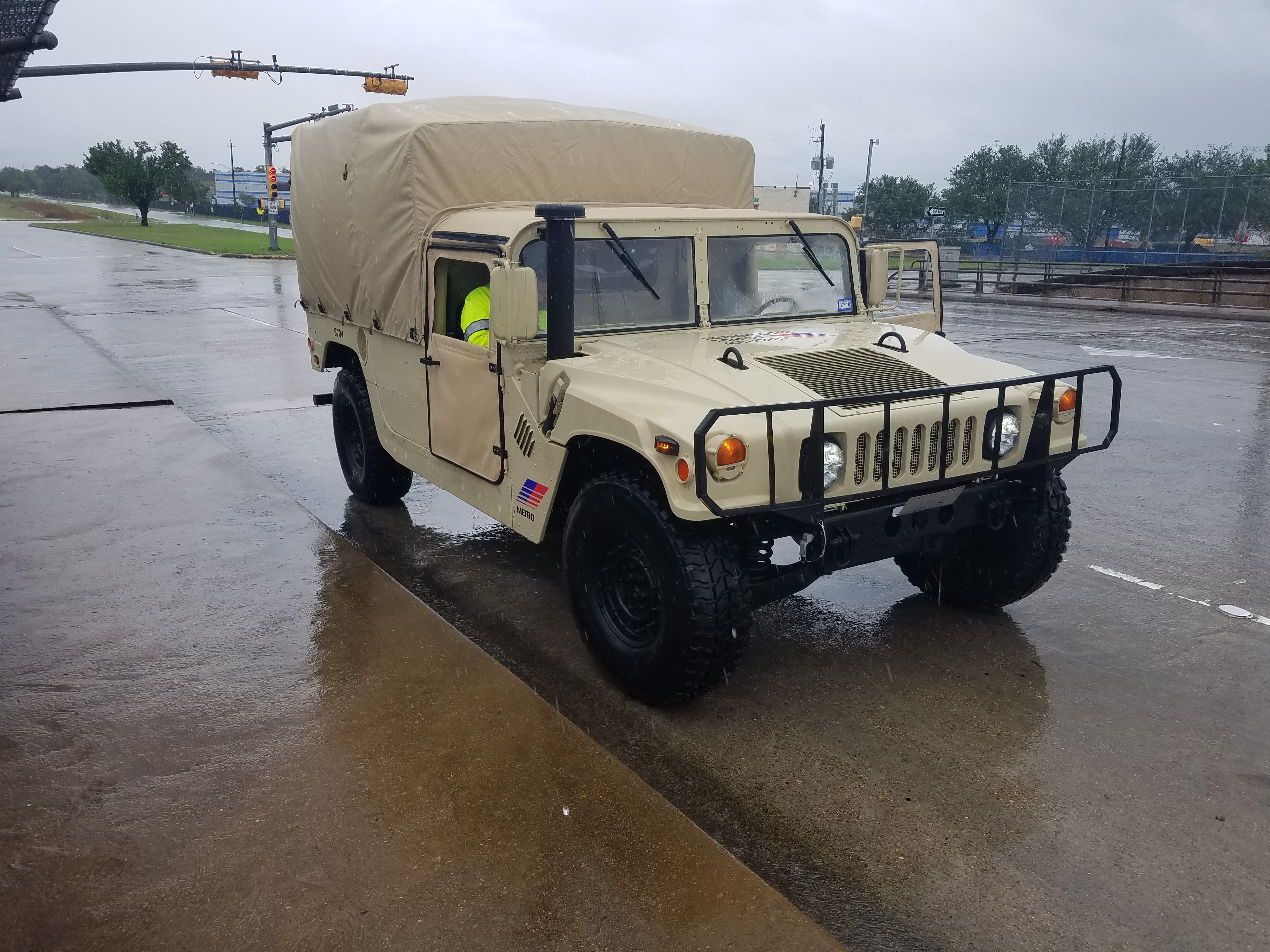
Just two short months ago, Hurricane Harvey dumped 33 trillion gallons of water on Houston, destroying over one million cars and pushing the earth’s crust down by 2 centimeters. However, perhaps what didn’t make headlines is how the local transit agency Houston Metro’s commitment to emergency preparedness paid off – before, during and after the storm. The agency quickly established itself as a critical source of information as well as a transportation lifeline for stranded Houstonians.
How’d they do it?
“It really was an all hands on deck approach with all leaders across the agency,” says Jerome Gray, Vice President and Senior Press Officer at Houston Metro. “And since Houston does flood, we’ve had time to perfect our plan and after crises, we constantly assess what we could do better.”
As Harvey loomed, the operations staff knew it was very likely that the Kashmere bus facility would flood, so they quickly moved 120 buses from that facility onto an HOV lane, out of the water. Additionally, the agency had purchased highwater vehicles after the tax day flood of last year. That foresight enabled it to move equipment, supplies and people – 15,000 in total – during and after the storm.

Due to this careful planning and nimble response, the agency was able to deploy buses back onto limited routes five days after the storm hit.
In terms of a communication strategy, Gray explains that the challenge “was to figure out the best way to get key information out to our passengers and the public about what was happening with the services so no one would get stranded.” The communications staff of eight were stationed around the clock at the region’s emergency management facility, and put out a total of 17 news releases, 842 twitter posts, 257 facebook posts and 104 service alerts.
With climate change-related weather disturbances likely to continue or worsen, what should agencies in other vulnerable regions do to prepare? “The key to success is working with your partners to figure out what the needs are and constantly communicating over and over again before during and after. It’s dynamic and things will change,” says Gray.
The million flooded cars wrought by the hurricane beg the question of whether this will prove a watershed moment for transit in Houston. Gray says that the agency immediately put a “How to Ride Houston Metro” video front and center on its homepage for people who had lost cars. It has also implemented free rides for students kindergarten-through-college and their parents through October to help with the transition back to school. And Metro’s Chairman, Carrin Patman, recently published an Op-Ed in the Chronicle in which she wrote:
“For those who have lost cars or whose parking garages remain flooded, Metro is a new lifeline…Now is a good time to focus on the critical role of public transit, and to recognize its value not only during natural disasters, but also during normal times in a region facing burgeoning population growth.”
Time will tell whether these overtures will have an impact – During September, most local bus routes in Houston saw increased ridership by three to four percent during weekdays, and on weekends the increases ranged from ten percent to 23 percent.

 On the Brink: Will WMATA’s Progress Be Erased by 2024?
On the Brink: Will WMATA’s Progress Be Erased by 2024?
The experience of being a WMATA rider has substantially improved over the last 18 months, thanks to changes the agency has made like adding off-peak service and simplifying fares. Things are about to get even better with the launch of all-door boarding later this fall, overnight bus service on some lines starting in December, and an ambitious plan to redesign the Metrobus network. But all of this could go away by July 1, 2024.
Read More A Bus Agenda for New York City Mayor Eric Adams
A Bus Agenda for New York City Mayor Eric Adams
To create the “state-of-the-art bus transit system” of his campaign platform, Mayor Adams will have to both expand the quantity and improve the quality of bus lanes. We recommend these strategies to get it done.
Read More